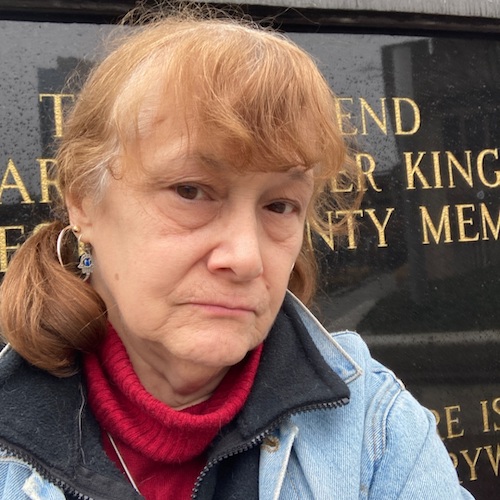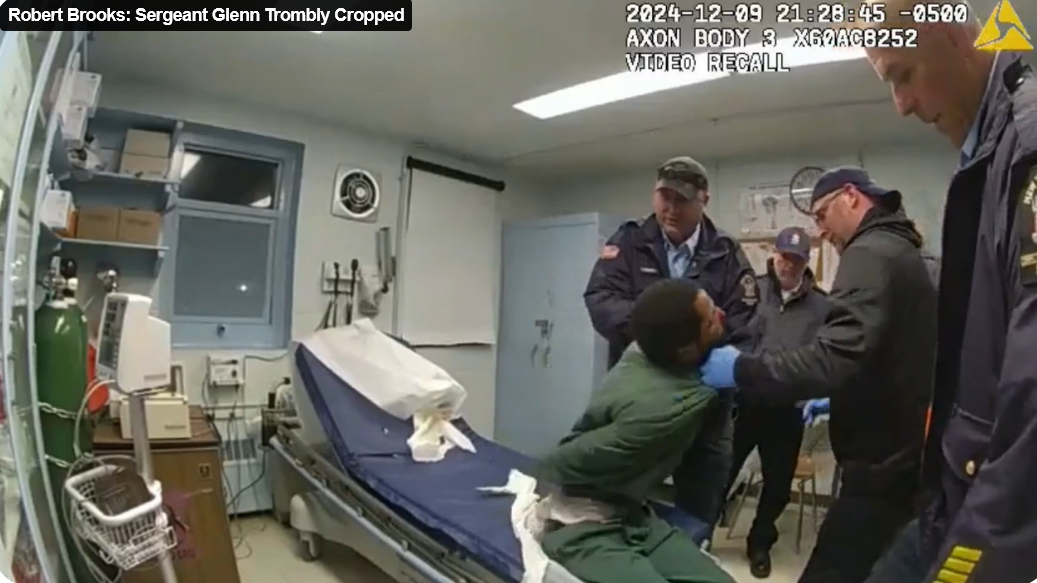[Education]
Is it miseducation or mis-medication?
When our young African-American males are being told that their display of excitement and playfulness is a disorder called hyperactivity; and that a tiny little pill will help them achieve what they are told cannot be achieved without it.
How can the United States sit back and watch as small children are admittedly being given mind-altering medication to children as young as 5 years old.
I will never forget the day when I was working in a special education classroom and a mom called crying. The teacher explained to me very nonchalantly that the mother was crying because her five year old son had been placed on the wrong medication and that they had “just found out”.
I was stunned and hurt. “How can they get away with prescribing a five year old the wrong medication?” I asked.
“It’s just trial and error,” she replied.
What is even worse was the reaction of another teacher when I told her about the five year old and the wrong medication.
“Well, with a lot of these kids it’s just trial and error,” she said.
If you’re wondering what she meant by “these kids”, we were in a majority African-American school. I’ve worked in every school in my current district, and the reactions and responses from other teachers, to the medication of young students is the same.
The standard has already been set, in my view and that of many others; that there is an agenda against young African-American males in society. What is happening to them in school is just a reinforcement of the overall agenda in my view.
Society doesn’t respect African-Americans — Black males especially — to care.
It’s not enough for a Black man to be occupying the White House when millions of citizens that look like him are waging a war for their lives every time they leave their homes. It’s bad enough that they can’t wear hoodies in the rain, as Trayvon Martin’s tragic murder proved, and can’t blast music at a public gas station, as the brutal killing of Jordan Davis showed; they can’t even act up like normal five year olds without being labeled and medicated.
When they sit in school and are not conforming to societal norms of a “perfectly” well behaved five year old, the next thing we know he’s being analyzed, then classified, then demonized, then his mind is altered with various prescribed drugs.
What’s interesting is that there is no norm; in all of my experience, kids will be kids no matter what color they are. There can never be a “norm” where there are many different cultures being represented.
I’ve said this many times, when African-Americans display the very same behavior as their White counterparts; they are treated, and analyzed differently. We live in a society where a Black man’s cultural norms are being seen as rambunctious, so they must be “tamed” and “controlled” to the point where he can barely function, and, preferably, as with the five year olds, sleep all day.
A small fragile boy who had just turned five was the most medicated child in one of the classes I watched; he slept all day long and did not eat. He slept so much, day after day, that the teacher just gave up on involving him in class instructions. This to me was outrageous.
How can the boy learn if he’s asleep all day? What really bothers me is the fact that the medications don’t work. I watch as these boys still throw fits, temper tantrums, and even throw desks while the medication is in their body.
If a child can become that violent with a medication that should be keeping them calm, is that a poison that should be legally inserted into their body? I become so stressed out and upset just watching this hypocrisy day after day.
There are many critical issues to be addressed in the Black community. The last thing it needs are drugs that make boys more violent in my opinion.
There is nothing “healing” about adderall, or ritalin, psychostimulant pharmaceutical drugs used to treat attention deficit hyperactivity disorder (ADHD).
If anything these drugs are a suppressant, which helps nothing, just tames the “symptoms” of “bad behavior” until 3PM when it’s time to go home. This can’t be a mistake, prescription medication is a multi-billion dollar industry, and once again Black males are being used for profit.
While there may be children with real special needs such as autism and cerebral palsy, hyperactivity is not a special need. When you can control the mind of a child with a pill, when he grows into a man it will be hard to shake the notion that he can’t function without the control of a mind-altering substance.
That sounds to me like a man who’s being conditioned in preparation for failure not success. While there are many issues in society, mind altering medication is not the cure for everything. In my experience, it seems that parents who have more knowledge are less likely to be taken advantage of.
In the article I’ve referenced below, a member of the board of education stated that some parents were told that their child cannot come to school unless their child was medicated.
A teacher even once told me that it’s considered parent neglect. Parents, especially those of Black males, must challenge these “professionals” when they are looking to label and medicate your child. Ask every question you can. Don’t let the degrees and Ph.D.’s of these “professional” fool you.
The medical field has always been one of “trial and error” for African-Americans dating back to Tuskegee and many other shameful projects.
Make sure that medication is the last resort and not the first. Make sure you observe your child before taking the teachers word. All the child may need is a little love and extra care at home; old school folks may say he needs a good old butt whooping.
All Jokes aside; know your history, do your research, and let’s take the minds of our young boys back.
See the following resources for parents who want to know their rights when dealing with a child labeled as special needs:






